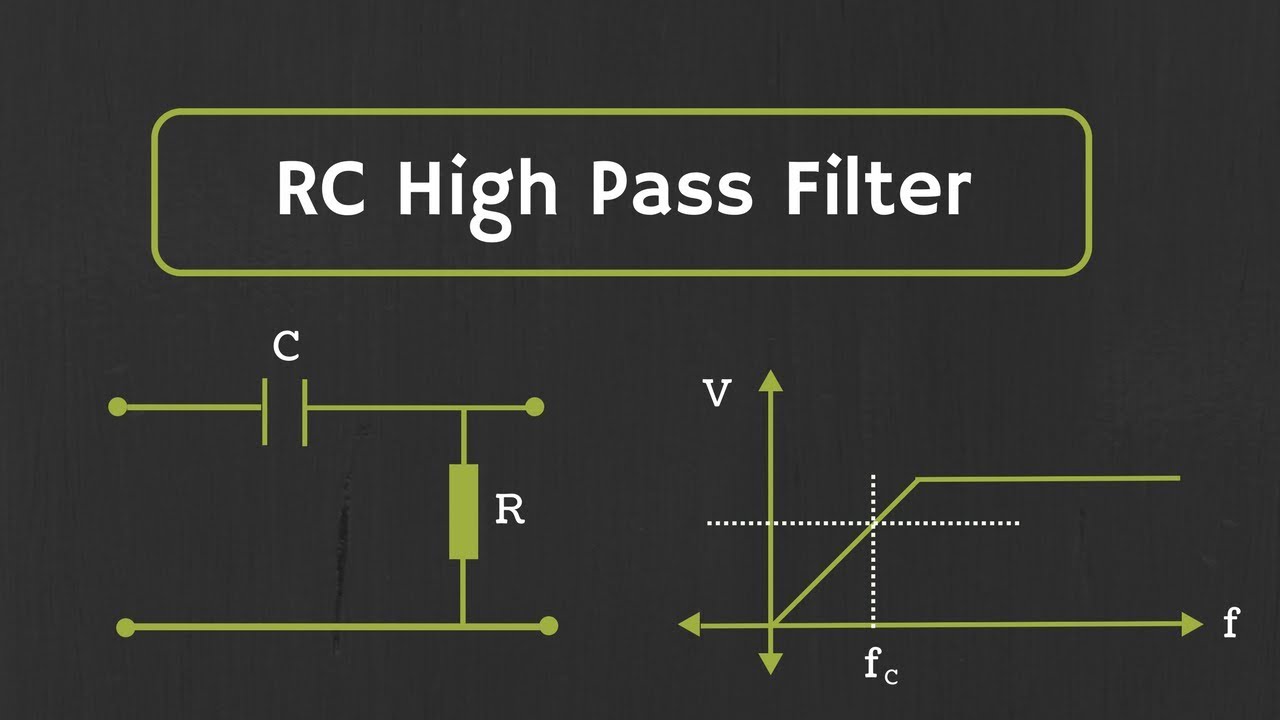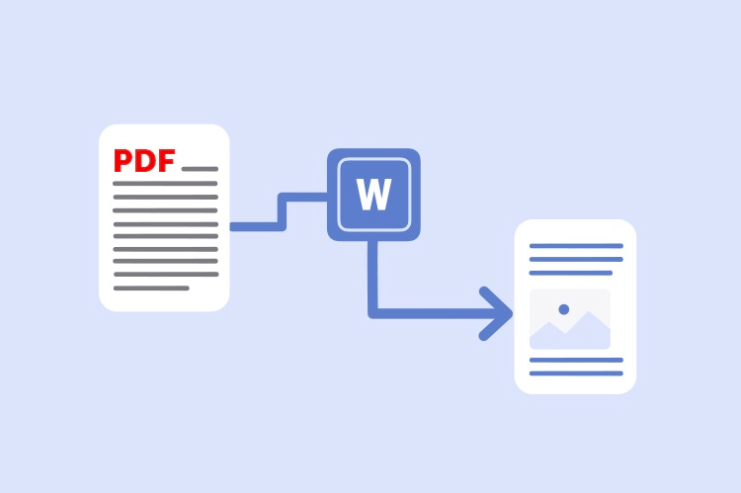The high-pass channel is a necessary but successful EQ bend that can remove wrong low high pass filter frequencies from the sound source. Like most designers, I often use them in many aspects during the mixing process to organize eye-catching signs and rationalize the game plan.
There are some critical points to how often these useful devices should be used. Cut stupidly because you can make the music sound insignificant. To maintain a strategic distance from it, like focusing on your workflow, here are six different ways to use Qualcomm channels when mixing.
Table of Contents
Reduce and evacuate bad sounds
All sound sources, especially those for live performances, contain unwelcome sounds that dive under the most critical repetitive data.
Although predictable breezes and murmurs are usually easy to detect, this is usually not the case. The vital center of the mark masks many bad sounds and can be ignored, mostly when eliminating the cut-off time. When we reach the minimum range in the 20-40 Hz range, due to hearing limitations, we may not hear thunder, which makes it a quiet headroom performer.
Take the attached screenshot of the Neutron shaker as an example.
Although I was only inspired by the surroundings of the 1-2 kHz mark, the entire range is dynamic. If I double or triple the vibrator’s orbit, or include more records with ghost-like movements, then the turbulent joint development will obscure the vital mixing area.
Take as much time as possible to study where these subtle sounds exist, and when excluding them, consider setting the channel cutoff position to depend on the current signal. Something handled with one tool may snatch a lot or not enough of another.
The most important tip:
If you are using Neutron and have difficulty in determining how great the problem is to cut, please order (or control the PC) and select the hub with the most massive reduction, which will make it cover the frequency range more widely. Clean up until you start to touch the meat of the instrument and pull it back slightly, then release the buckle to hear the entire signal. It would help if you gave up bargaining to bargain for consistency or strength.
Center Voice
As the focal part of the melody, the human voice must sound clear, and often, everything below 100 Hz prevents this. Microphone or studio conditions may produce low noise (mostly if the vocal is stalled in your recording room), or the bass is dull because the singer is too close to the high pass filter microphone, which is called the proximity effect.
Try not to use more extreme bends here, but stay alert when approaching the center of the vocal, which is the smallest repetition that determines the melody note. The burden of the exhibition lies in the main; even a short interruption is enough to destroy its vitality. Noisy noise without noise will keep the quarrel melody always.
How do we adjust Qualcomm?
How to modify the vocals in the sound recording below? Mainly natural, the second one has a Qualcomm in place, the third Qualcomm cuts through the raw sound, and then the fourth, obviously weakened by forced layoffs.
We can hear that the low-end noise is reduced from the first to the subsequent clasping, which has a backward effect that lights up the human voice (from now on, this is exceptionally cruel). The third button is where a large number of new mixers will be settled-in order to clean up the vocals legally.
The cut-off frequency is set too high in this range, thereby absorbing a lot of repetitive content.
If you do not concentrate on this stage, you will get a slight vocalization, similar to the fourth clasp.
If you want to manage deep sounds covered in undesirable dirt, try using “RX,” “DIST,” or even “Music Balance” modules using RX 7 to more likely limit vocals. At this time, in addition to the bending of the EQ ringer, the inclination of the channel should also be gradually reduced to reduce the development of the important mid, high, and low ranges. There is no exact science here, so conducting some experiments is essential for dealing with business.
Shaping the low end
If the kick drum and bass components in your mix sound good, but to play a role in mixing, this is a signal, which may be a signal that you must eliminate the bass in other instruments.
This problem often occurs in the mid-low frequency range of 150-350 Hz, which is what gives music power and strength. This is one of the more tricky areas in mixing because higher kick drums and lower synthesizers, guitar music, and more are added here, which makes your mix sound both amplified and tired.
Important note:
It may be necessary to use a fascinating global channel to prevent anything from entering the trough, but this will eliminate a lot of vitality.
Instead, it centered on the singular musical instrument that forms an inconspicuous slice, to make room for the kick drum and bass.
These two musical instruments play the most crucial role in the midrange field, so you should listen to all the considerations. Controlling the frequency of conflicts from less important components will significantly help you.
Find out how to do this with the “masking” highlight in Neutron and the following auxiliary equipment “relay”:
Improve bass response
The sluggish, low end may drag down the blend and make it stuck. Can’t kick, bass’s voice is looser than loose voice. If your low to midrange sounds are entirely together, then the development of the top of the mud somewhere at 20-35 Hz is worth exploring.
Passing these frequencies through the high frequencies on the drum mix or even on the ace, you can undo the extra noise and straighten the low end. Also, this will have a rewarding high pass filter effect that makes the middle and high notes appear gradually and noisy. Nonetheless, it is accessible to over-work and eliminates too much bass here, which makes the different clips in this range vulnerable in relevance.
If you insist on doing this in the end, it may be due to your room rather than your ability.
Unprocessed room studios are known for over-speaking on the low end, which may be what you continue to hear! Therefore, before sending the mixed content back to the customer, make sure to test this step on multiple playback frames and A/B. The mixture should be tilted without losing its advantage.
Try dynamic instead of static.
In most of these models, the sound quoted is dynamic. Tones, bass, and percussion will change rapidly throughout the range of the song, and the high-pass channel you set should be able to choose to reflect and follow this development.
The only EQ only considers this. Although most channel cuts are static, they do not change as shown by the close symbols, and powerful EQ can “track” the essence of the signal, and when they change by mixing, the change cutoff is concentrated on all possible The shape sound that appears. When dealing with calls, no matter where you set the cutoff point, the signal sounds too thin or sloppy, which is especially useful.
The unique equalizer cut provides the ideal center ground.
It will allow some less attractive frequencies so that you can feel lower proximity, but they will hold tight when they become too dynamic. This takes into account the standard features and space of the chronicle without making it too strong.
Almost all musical instruments, especially vocals, are uniquely tailored. Watch the following video through Follow EQ in Nectar:
There is an alarm (or at least no alarm)
For start-up manufacturers and tuners, Qualcomm channels are one of the most abused. Instruments because they have an undeniable and rapid impact on sound. With a stern hand. It is possible to offset all the low points that jumped out of the medium and high-end tools, while at the same time.
Accidentally evacuated what really gave the mixing depth and furrow. Even more abominable is that the steep bend will ring or torn near the cutoff point. Especially when it is placed in the middle of the occupied material.
It should be noted that-if a captivating cap or other treble produces fascinating music at a low place.
Which will impact your music. Then you do not have to carefully screen it because these components often prefer higher frequencies.
When using Qualcomm channels, we are moving towards clarity. Nonetheless, the clarity in mixing does not only come from equalization and screening. The location and level of the frying pan are also of great. Value to help separate the ingredients in the mixture. Therefore, when adjusting the audio track, be sure to study these options before defaulting to Qualcomm.
End
Although it has the basic ability of a high-pass channel (which can remove low frequencies from the logo). It is a suitable device that can be used in many situations. To the more clearly feel the obvious sense of balance.
Like all sound instruments, in any case, it can be abused with sad consequences. The moment I started to provide and mix music before. I would come to an end in terms of channels and EQ editing. And finally get music that sounds unnatural and level. After some time, I found that without any disturbance. The purposeful move was more successful in handling the business.
In this way, Qualcomm is the Qualcomm that should be passed-I mean.
It reducing the frequency that prevents the mix from being clearly communicated to the listener.
How is high pass filter calculated?
The frequency range below the cut-off point “c” is usually called the stop band. And the frequency range “above”. The cut-off point is usually called the pass band. The cut-off frequency, corner frequency or -3dB point of the high-pass filter. It can be obtained using the following standard formula: ƒc = 1/(2πRC).
What should I set my low pass filter to?
Generally, the low-pass filter should be set to a value approximately equal to (or lower than) 70%. This of the lowest frequency response of the main speaker. For example, the frequency response of the speaker is reduced to 43 Hz. 70% of 43Hz is equal to 30.1, so you should set the low-pass filter of the subwoofer to 30Hz.
What is 3db cutoff frequency?
General Industrial Controls Pvt Ltd. 3db is the power level, its power is lower than the maximum frequency of 3db. This 3db represents half of its maximum power in normal units, so 3db frequency represents. The frequency at which the power is half of the maximum power. The maximum value determines the cutoff frequency.
How do you set HPF and LPF?
When powering one or more subwoofers, switch the crossover to the “LPF” setting. When dealing with full frequency, component speakers or coaxial speakers, set the switch to “HPF”. The “LPF” setting prevents high frequency sound waves from reaching the speakers. While the “HPF” setting limits low frequency bass signals.
What should I set my subsonic filter to?
For mainstream listeners, setting a subsonic filter at around 35 Hz. It will enable them to hear all music content without losing any performance while protecting the system. Our next article will also show how to optimize the amplifier power and cone offset of the listener’s bandwidth.
Is 80 Hz the best crossover?
As with any bass management function, performing some key listening and experiments will help you get the best sound. The most common recommended crossover frequency (and THX standard) is 80 Hz. …Large center, surround and bookshelf: 60-80 Hz. Center, round, bookshelf is very large: 40-60 Hz.









